Home>Furniture & Design>Living Room Furniture>How To Extend A Dining Table
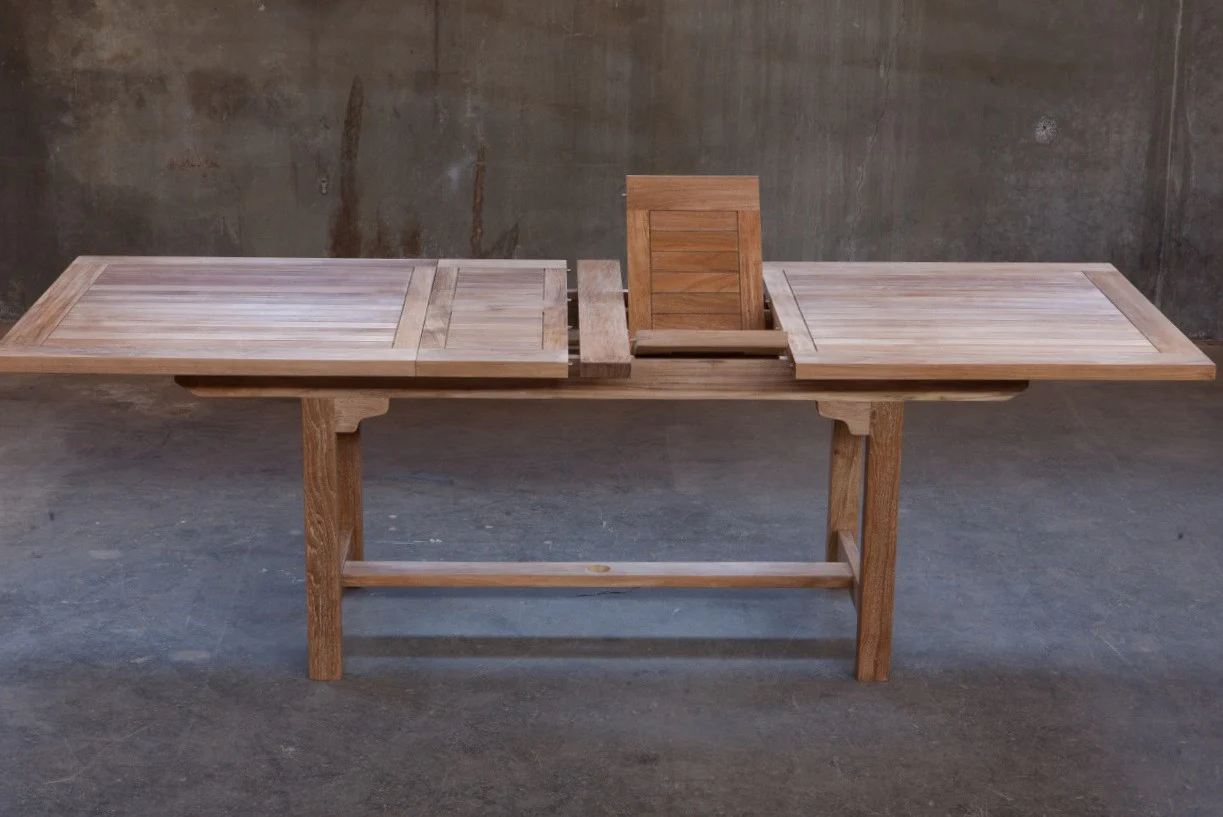

Living Room Furniture
How To Extend A Dining Table
Published: January 5, 2024
Discover how to extend a dining table to accommodate more guests with our expert tips and ideas. Upgrade your living room furniture and design with our helpful guide.
(Many of the links in this article redirect to a specific reviewed product. Your purchase of these products through affiliate links helps to generate commission for Storables.com, at no extra cost. Learn more)
Introduction
Are you hosting a dinner party and suddenly realize that your dining table isn't spacious enough to accommodate all your guests? Or perhaps your family is growing, and you need more seating space for meals? Whatever the case may be, extending your dining table can be a practical and stylish solution to your space-related woes. In this guide, we'll explore the art of extending a dining table, from assessing your table's extendable potential to choosing the right extension method and maintaining your extended table with care. By the end of this journey, you'll be equipped with the knowledge and confidence to transform your dining area into a versatile and inviting space for gatherings of all sizes.
Extending a dining table isn't just about adding extra inches to its length; it's about enhancing its functionality without compromising on aesthetics. Whether you have a cozy breakfast nook or a formal dining room, there's a range of extension methods and styles to suit your needs and complement your existing decor. So, let's embark on this exploration of dining table extensions, where we'll delve into the intricacies of assessing your table, choosing the right extension method, installing table extensions, and maintaining your extended table for years to come. Let's dive in and unlock the potential of your dining space!
Key Takeaways:
- Transform your dining table to accommodate more guests with style and practicality by assessing its extendable potential and choosing the right extension method to suit your space and decor.
- Maintain the beauty and functionality of your extended dining table by implementing regular cleaning, protective coatings, and diligent upkeep of the extension mechanism for a welcoming and enjoyable dining experience.
Read more: How To Extend A Dining Room Table
Assessing Your Table
Before diving into the world of table extensions, it’s essential to assess your current dining table to determine its extendable potential. Here are some key factors to consider:
- Material and Stability: Examine the material and construction of your table. Solid wood tables are often good candidates for extensions due to their sturdiness, while tables with flimsy or weak frames may not be suitable for extensions.
- Available Space: Consider the space around your table when fully extended. Ensure there’s ample room for chairs and movement, maintaining a comfortable and unobstructed dining experience.
- Table Shape: Different table shapes, such as rectangular, round, or oval, may have varying extension options. Rectangular tables commonly have pull-out extension leaves, while round tables may feature a central extension mechanism.
- Extension Compatibility: Some tables are specifically designed for extensions and may have built-in features to accommodate additional leaves or panels. If your table lacks these features, you may need to explore alternative extension methods.
- Visual Cohesion: Consider the visual harmony of your extended table. The goal is to ensure that the extended portion seamlessly integrates with the original design, maintaining a cohesive and elegant aesthetic.
Once you’ve thoroughly assessed your table based on these factors, you’ll have a clearer understanding of its extendable potential and the most suitable extension methods to explore. Remember, the goal is to enhance your dining experience while preserving the charm and integrity of your beloved table.
Choosing the Right Extension Method
When it comes to extending your dining table, various extension methods cater to different table designs and space requirements. Understanding the available options will help you choose the right extension method for your specific needs. Here are some popular extension methods to consider:
- Drop-Leaf Extensions: Ideal for compact spaces, drop-leaf extensions feature hinged sections that can be folded down when not in use. This versatile design allows the table to be conveniently resized based on the number of diners, making it a practical choice for smaller dining areas.
- Butterfly Extensions: A variation of the drop-leaf design, butterfly extensions involve a central section that folds and expands, creating a larger surface area. This method offers a seamless extension mechanism, often adding symmetry and elegance to the table’s appearance.
- Pull-Out Extensions: Commonly found in rectangular tables, pull-out extensions involve hidden leaves that can be easily extended from beneath the table’s surface. This method provides a straightforward and efficient way to expand the table’s seating capacity without compromising its original form.
- Table-Top Extensions: Some tables feature additional panels that can be inserted into the center, effectively elongating the table. This method is popular for accommodating extra guests while maintaining a cohesive tabletop surface when not extended.
- Double Pedestal Extensions: Often seen in formal dining tables, double pedestal extensions involve a dual-base design with a central extension leaf. This method offers stability and ample legroom for diners, making it suitable for larger gatherings and formal settings.
Before selecting an extension method, consider the size and shape of your dining area, as well as your preferred aesthetic. Each method offers unique advantages and visual appeal, so it’s essential to choose one that complements your existing decor and fulfills your practical requirements. By carefully evaluating these options, you can seamlessly integrate an extension method that enhances both the functionality and allure of your dining table.
Consider using table leaf extensions to increase the size of your dining table. These can be easily added or removed to accommodate more guests when needed.
Installing Table Extensions
Once you’ve chosen the ideal extension method for your dining table, the next step is to install the extensions effectively. While the installation process may vary based on the chosen method, here are some general guidelines to ensure a smooth and successful extension installation:
- Follow Manufacturer Instructions: If your table came with extension components or specific installation guidelines, carefully follow the manufacturer’s instructions to guarantee proper assembly and functionality.
- Secure Structural Integrity: Ensure that the extension leaves or panels are securely attached to the table, maintaining stability and alignment when the table is extended. This is crucial for a safe and reliable dining experience.
- Test Extension Mechanism: If your table features a mechanical extension mechanism, such as a sliding or folding design, test the mechanism multiple times to ensure smooth operation and seamless integration with the original table structure.
- Consider Professional Assistance: For complex extension installations or if you’re uncertain about the process, consider seeking professional assistance from furniture assembly experts to ensure precise and secure installation.
- Protect Table Surface: When installing table-top extensions or drop-leaf mechanisms, use protective padding or cloth to prevent scratches or damage to the table’s surface during the installation process.
Regardless of the chosen extension method, attention to detail and precision during the installation phase is essential for achieving a cohesive and functional extended table. By following these guidelines and considering professional assistance when needed, you can transform your dining table into a versatile centerpiece that adapts to your evolving hosting needs.
Maintaining Your Extended Table
Maintaining Your Extended Table
Once your dining table has been extended to accommodate additional guests and enhance its functionality, it’s essential to implement proper maintenance practices to preserve its beauty and longevity. Here are some key tips for maintaining your extended table:
- Regular Cleaning: Dust and debris can accumulate on the extended sections of your table. Regularly clean the extended areas along with the original tabletop to maintain a uniform appearance.
- Protective Coating: If your table has a wooden finish, consider applying a protective coating to the extended sections to safeguard them from spills, scratches, and fading. This will help maintain the overall appeal of the extended table surface.
- Stabilize Extension Mechanism: If your table features a mechanical extension mechanism, periodically inspect and lubricate the moving parts to ensure smooth operation and prevent any potential wear or malfunctions.
- Temperature and Humidity Control: Maintain a consistent indoor environment to prevent warping or damage to the extended sections, especially if they are made of wood. Avoid placing the table near direct sunlight or sources of excessive heat or moisture.
- Use Placemats and Trivets: When using the extended table for dining, encourage the use of placemats and trivets to protect the extended sections from hot dishes, spills, and stains, preserving their pristine condition.
- Inspect and Tighten Fasteners: Periodically inspect the fasteners and connections of the extended sections to ensure they remain secure and stable. Tighten any loose components to maintain the structural integrity of the extended table.
By implementing these maintenance practices, you can ensure that your extended dining table remains a focal point of elegance and functionality for years to come. Proper care and attention will not only preserve the aesthetic appeal of the extended table but also contribute to a welcoming and enjoyable dining experience for you and your guests.
Read more: How To Extend Your Dining Table For Guests
Conclusion
Extending a dining table is a transformative endeavor that enhances both the practicality and visual allure of your dining space. By assessing your table’s extendable potential, choosing the right extension method, and installing the extensions with care, you can seamlessly adapt your table to accommodate gatherings of various sizes without compromising on style. The versatility offered by extended dining tables makes them a valuable addition to any home, catering to evolving hosting needs and creating a welcoming atmosphere for family and guests alike.
As you embark on this journey of extending your dining table, remember to prioritize maintenance to safeguard the extended sections and preserve the table’s overall charm. Regular cleaning, protective coatings, and diligent upkeep of the extension mechanism are essential for ensuring the longevity and appeal of your extended table.
Whether you opt for drop-leaf extensions, butterfly extensions, pull-out extensions, or any other method, the key is to embrace the potential of your dining table and tailor it to your lifestyle and entertaining preferences. With the right extension method in place, your dining table can effortlessly adapt to intimate family meals, lively dinner parties, and everything in between, serving as a versatile centerpiece that evolves with your needs.
So, go ahead and explore the extension options that best suit your table and space, and embark on the journey of transforming your dining area into a dynamic and accommodating setting. With the right knowledge and thoughtful consideration, extending your dining table can elevate your home and create cherished memories around the heart of your household.
Frequently Asked Questions about How To Extend A Dining Table
Was this page helpful?
At Storables.com, we guarantee accurate and reliable information. Our content, validated by Expert Board Contributors, is crafted following stringent Editorial Policies. We're committed to providing you with well-researched, expert-backed insights for all your informational needs.
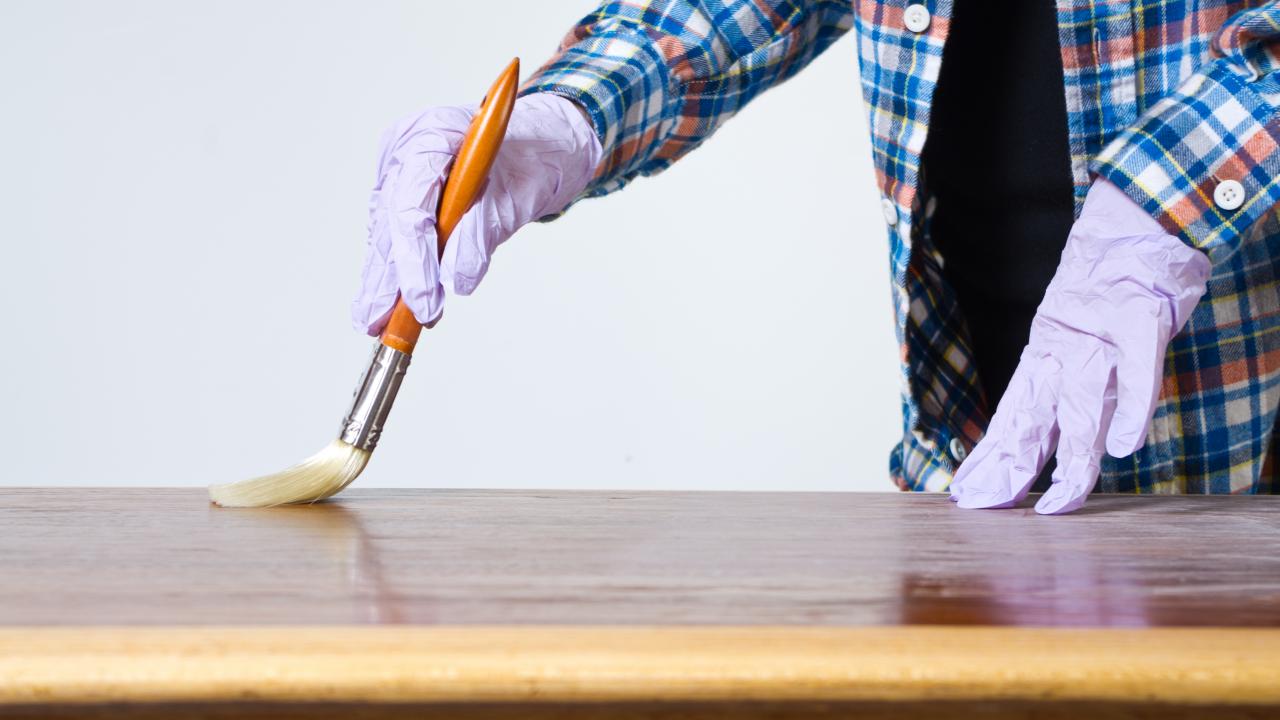
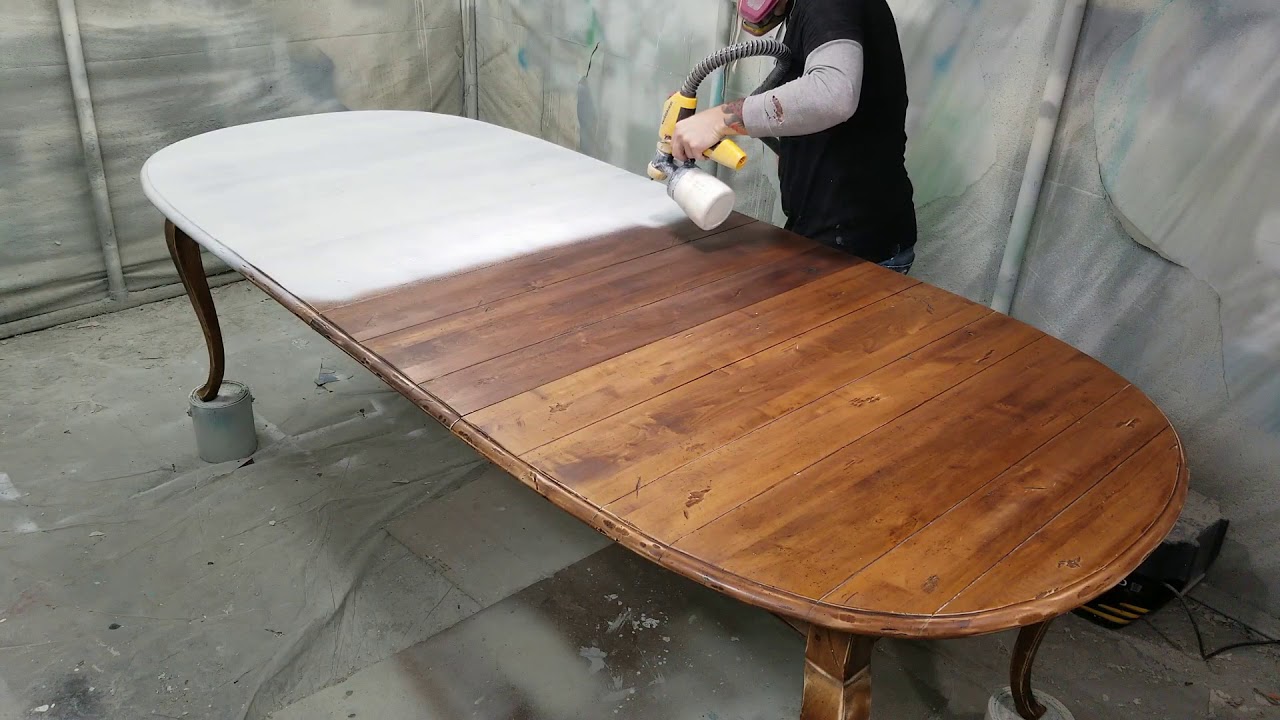
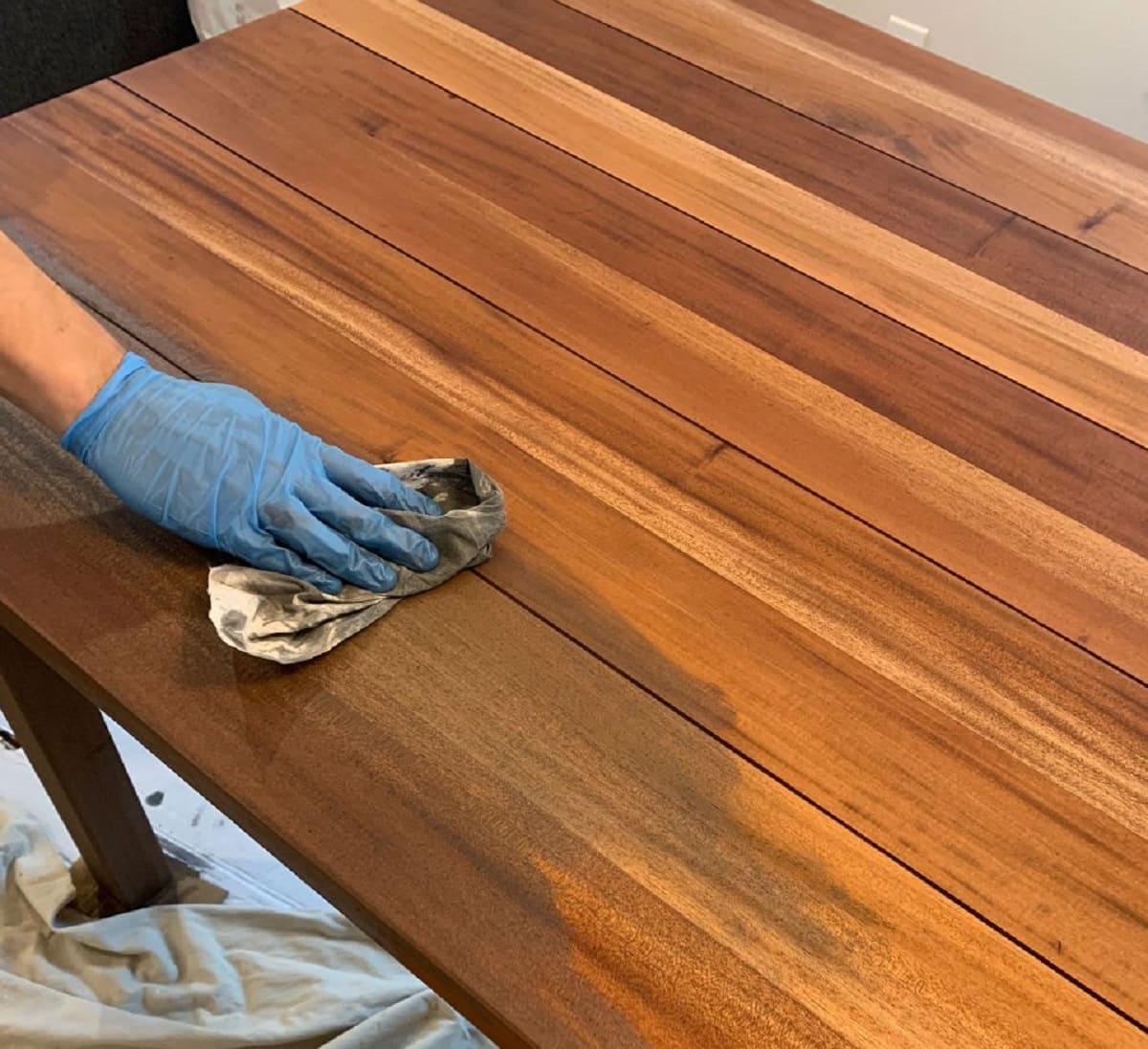
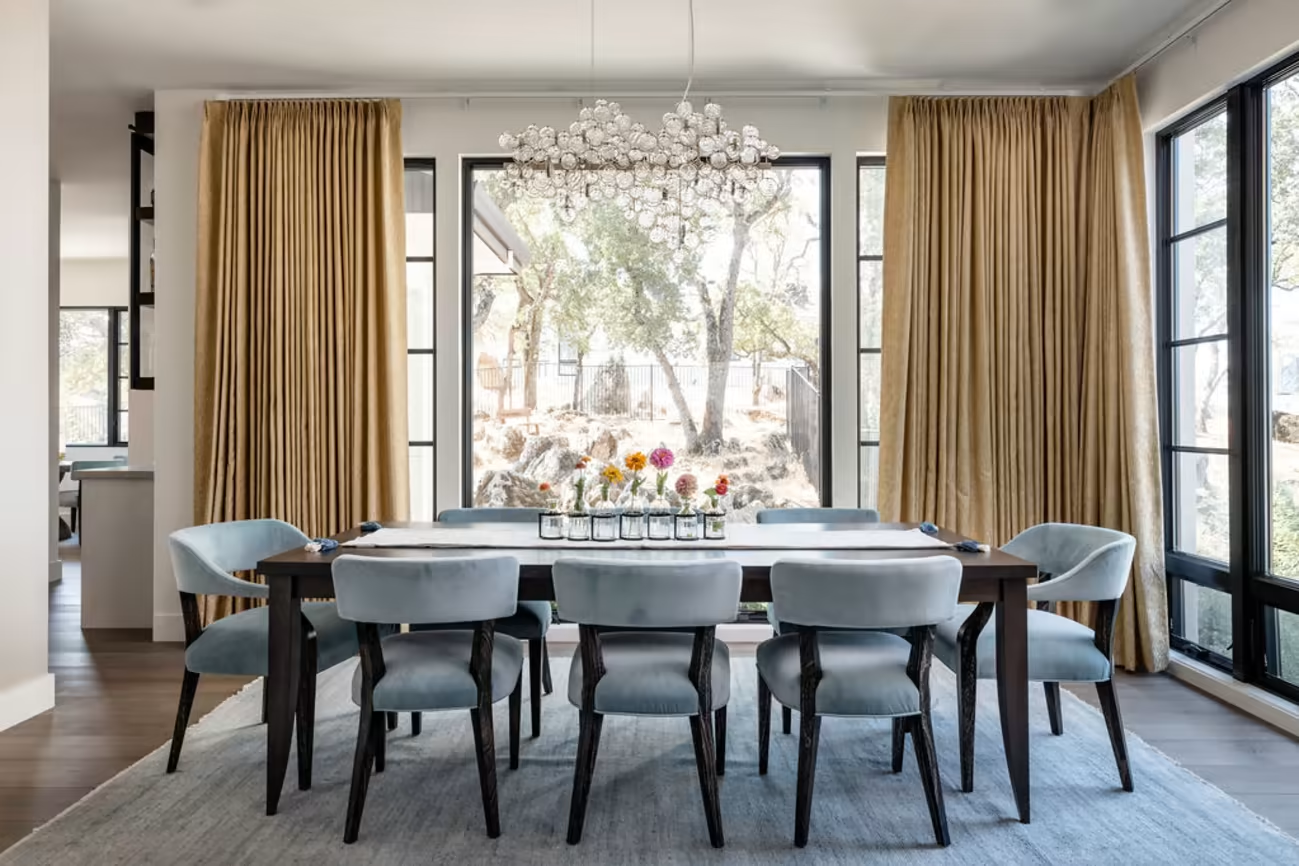
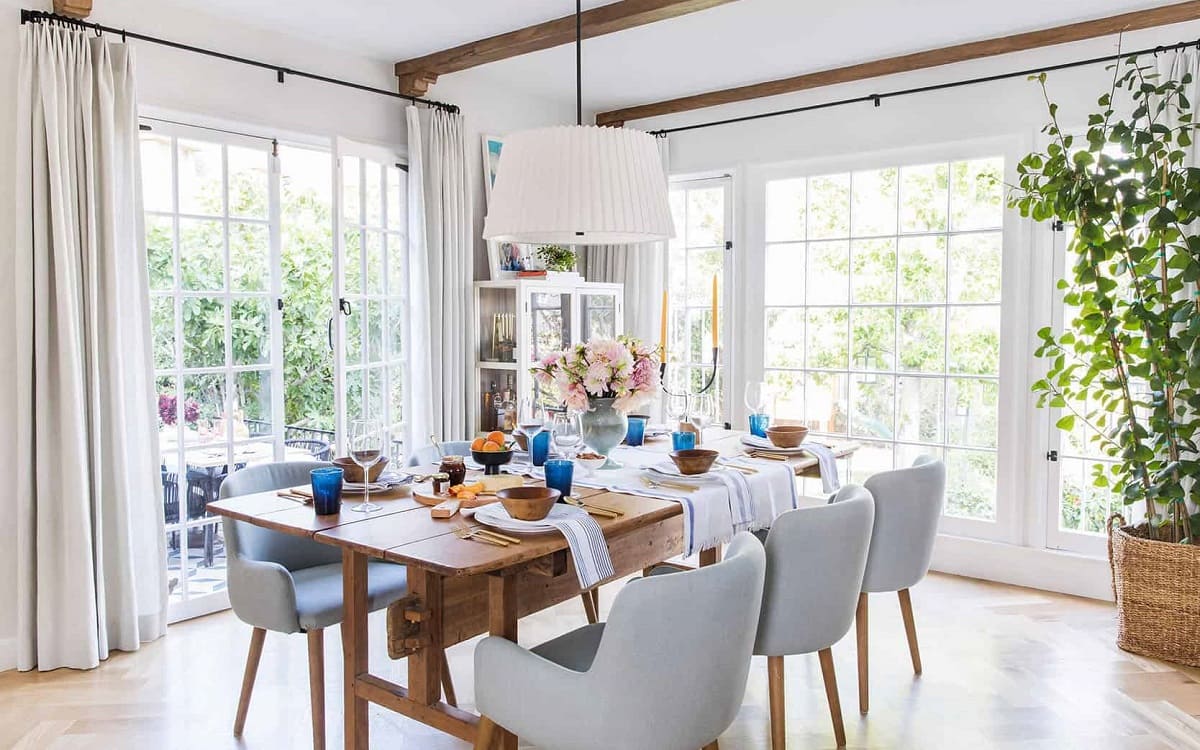
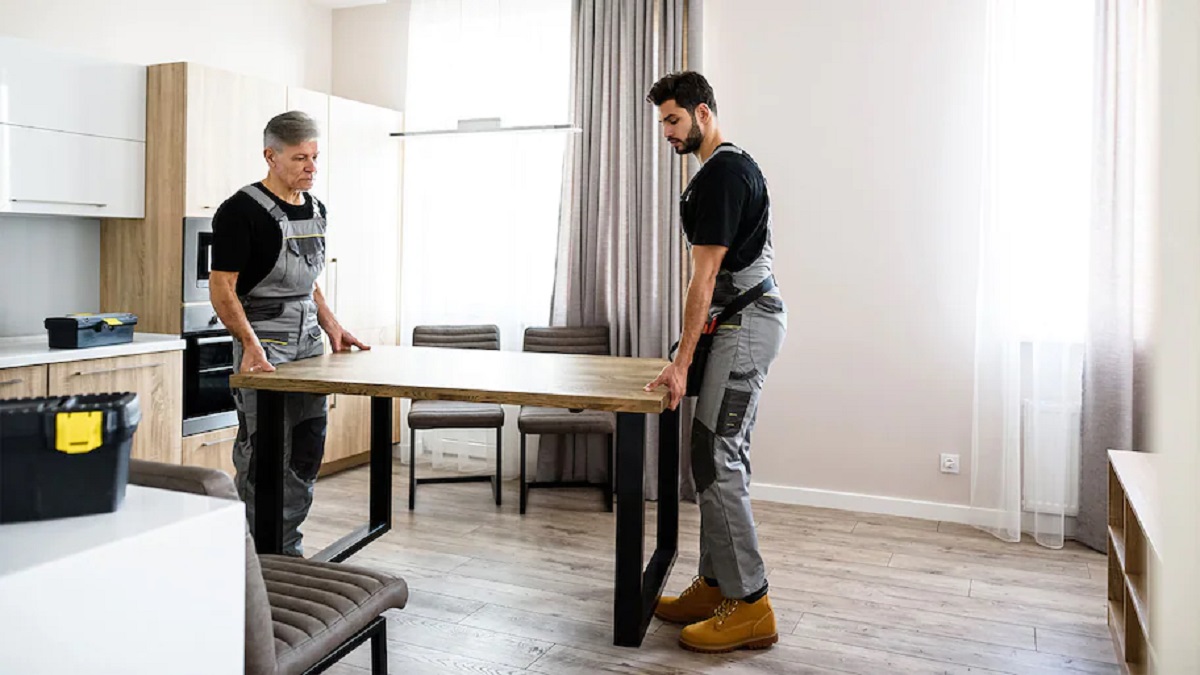
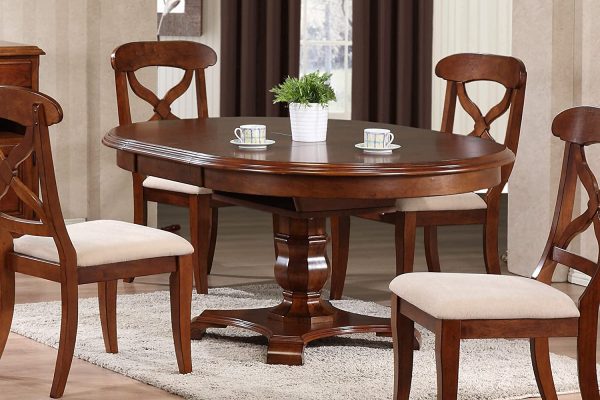
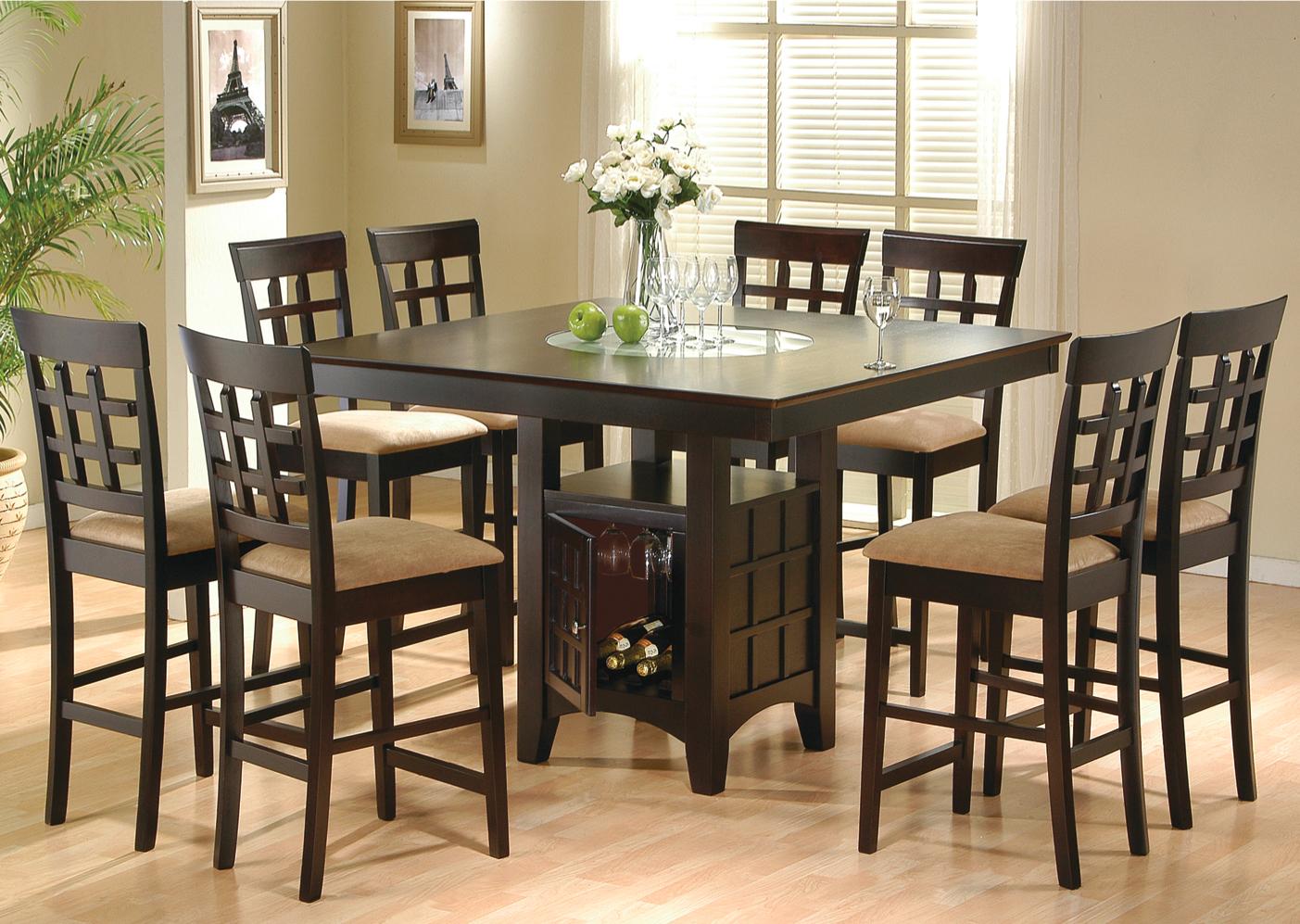
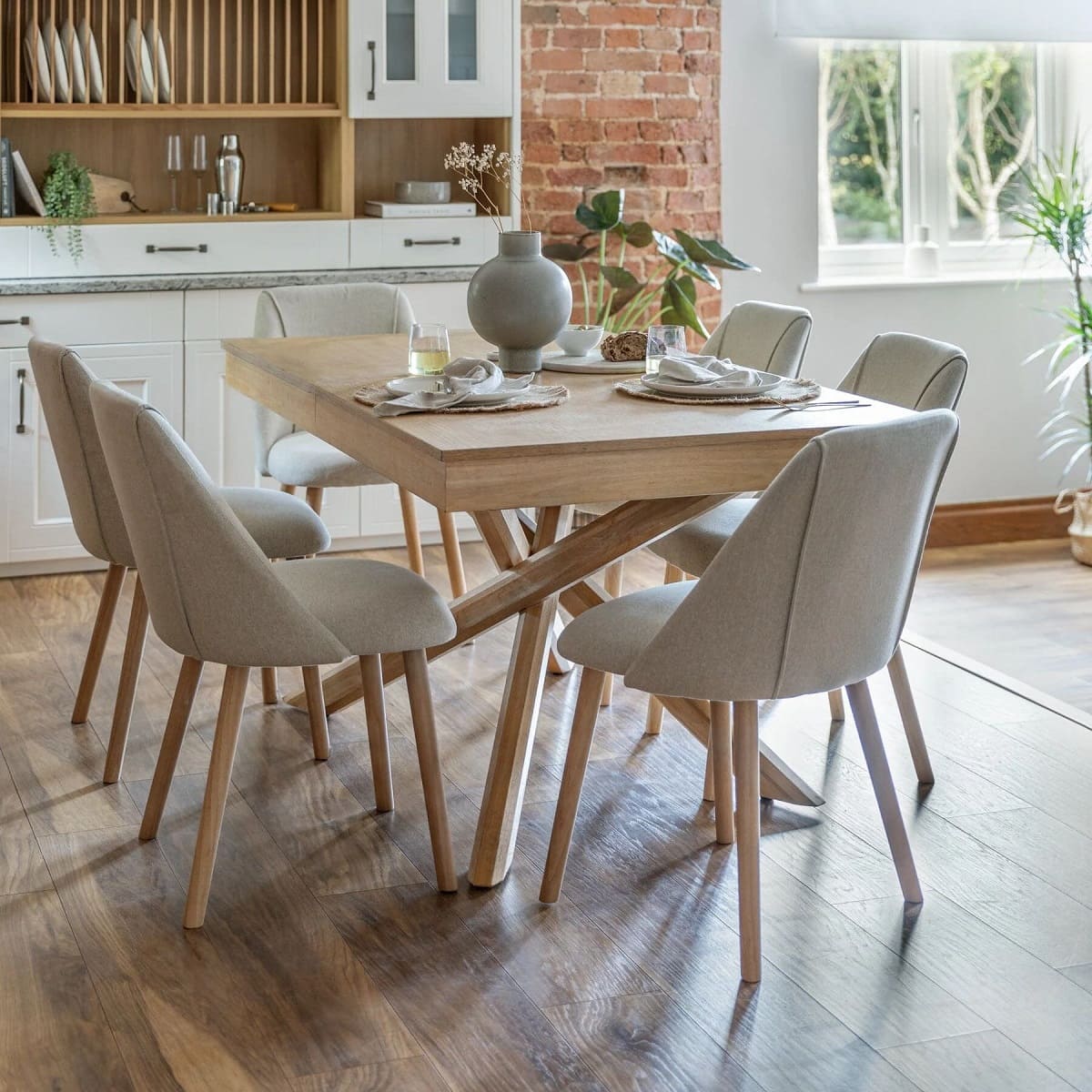
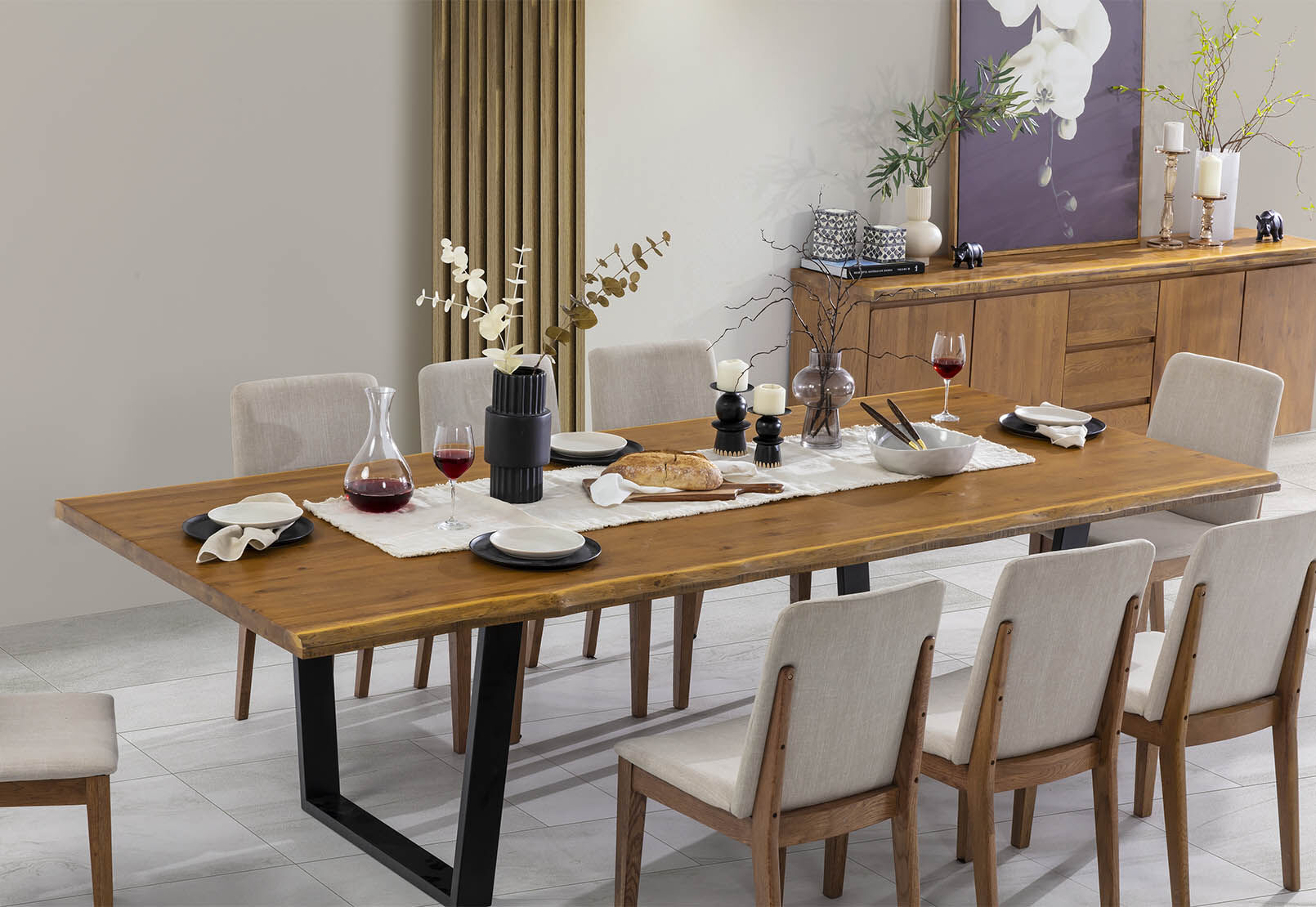
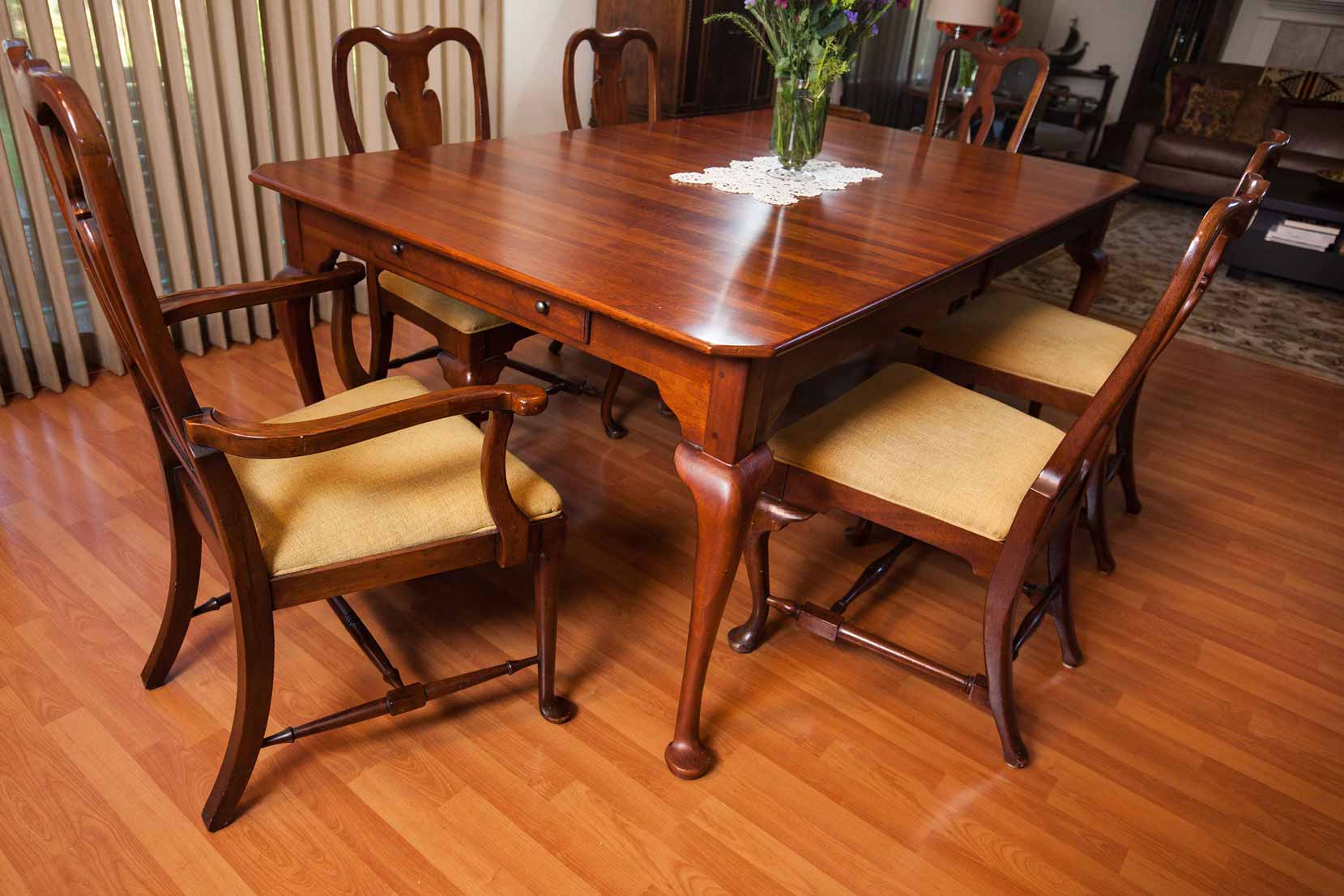
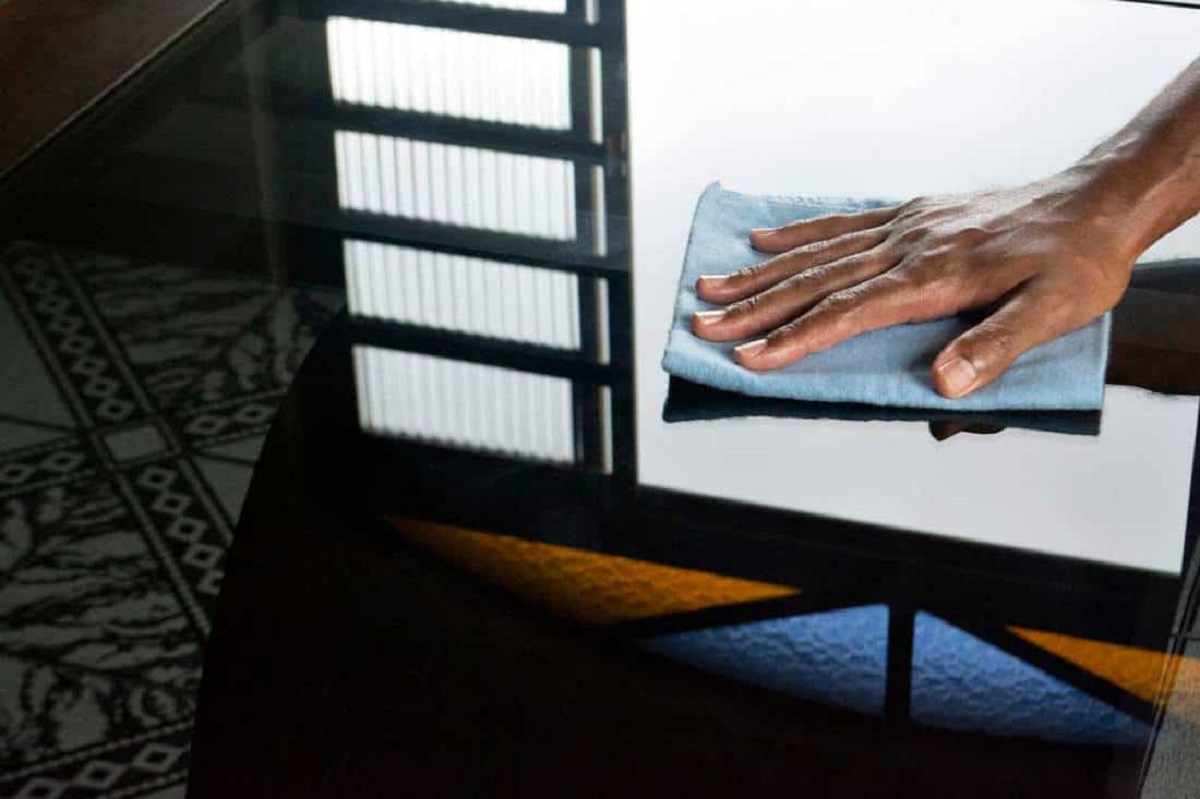
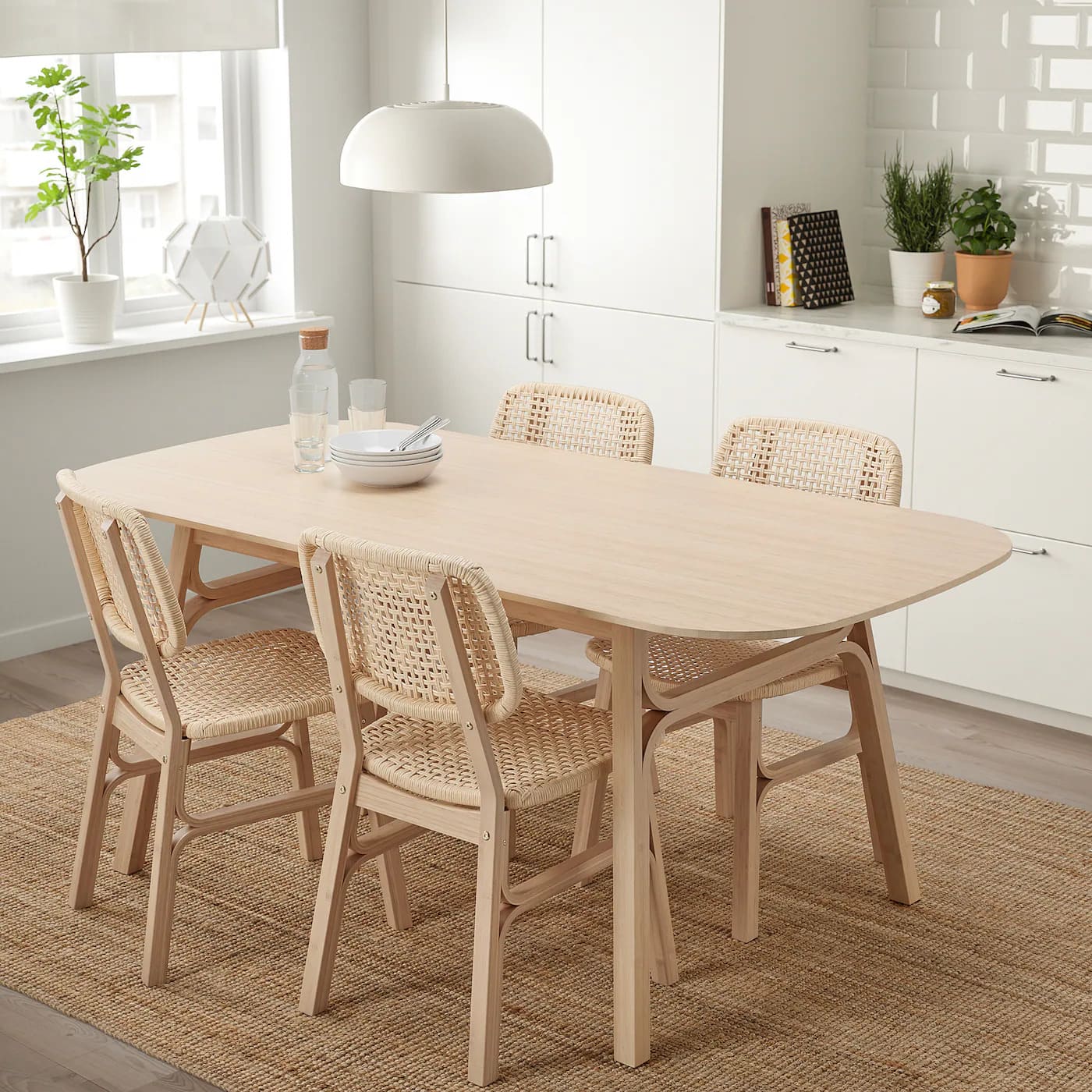
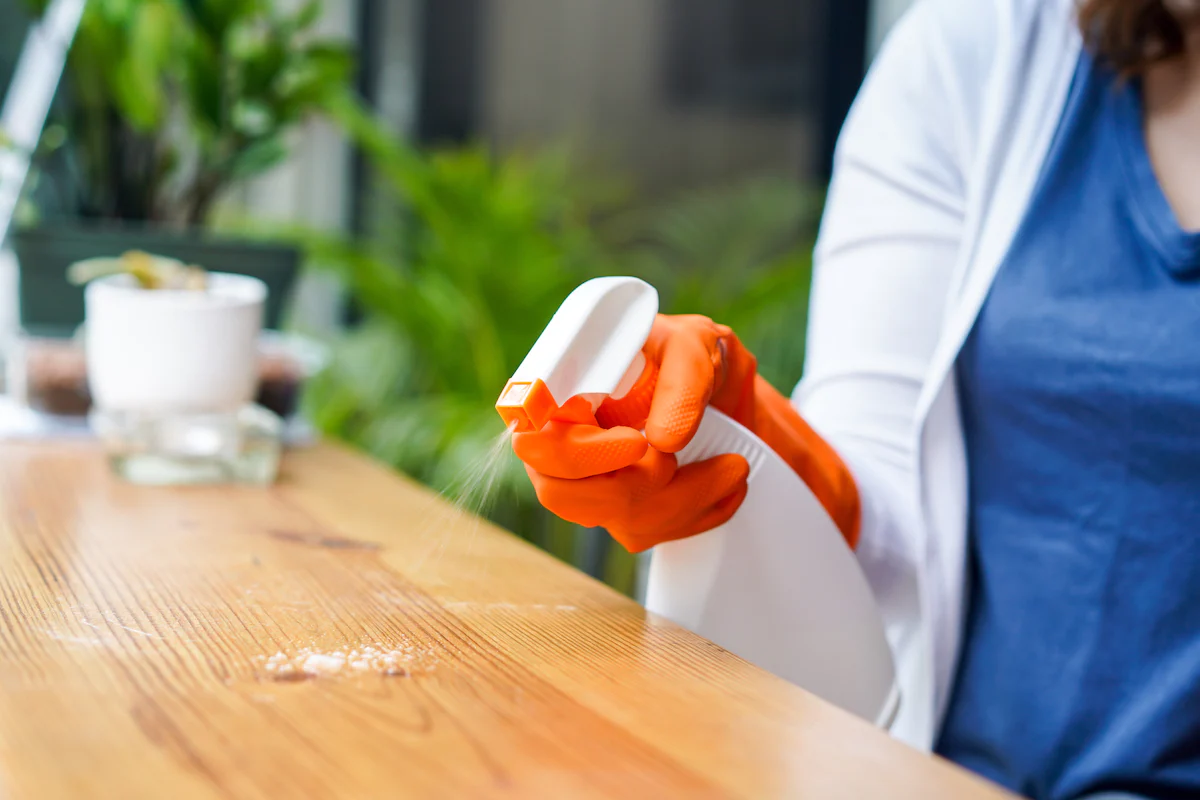

0 thoughts on “How To Extend A Dining Table”